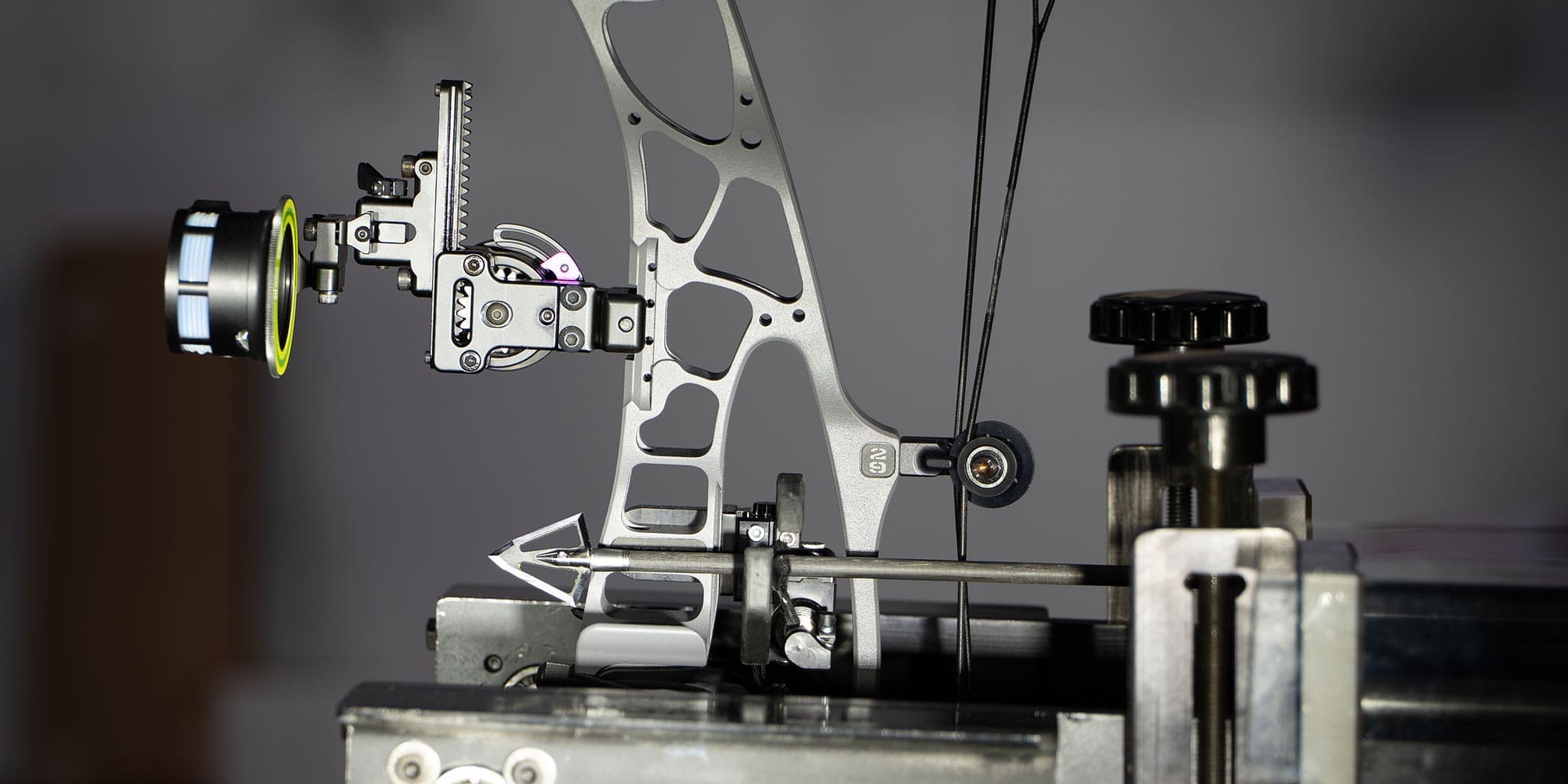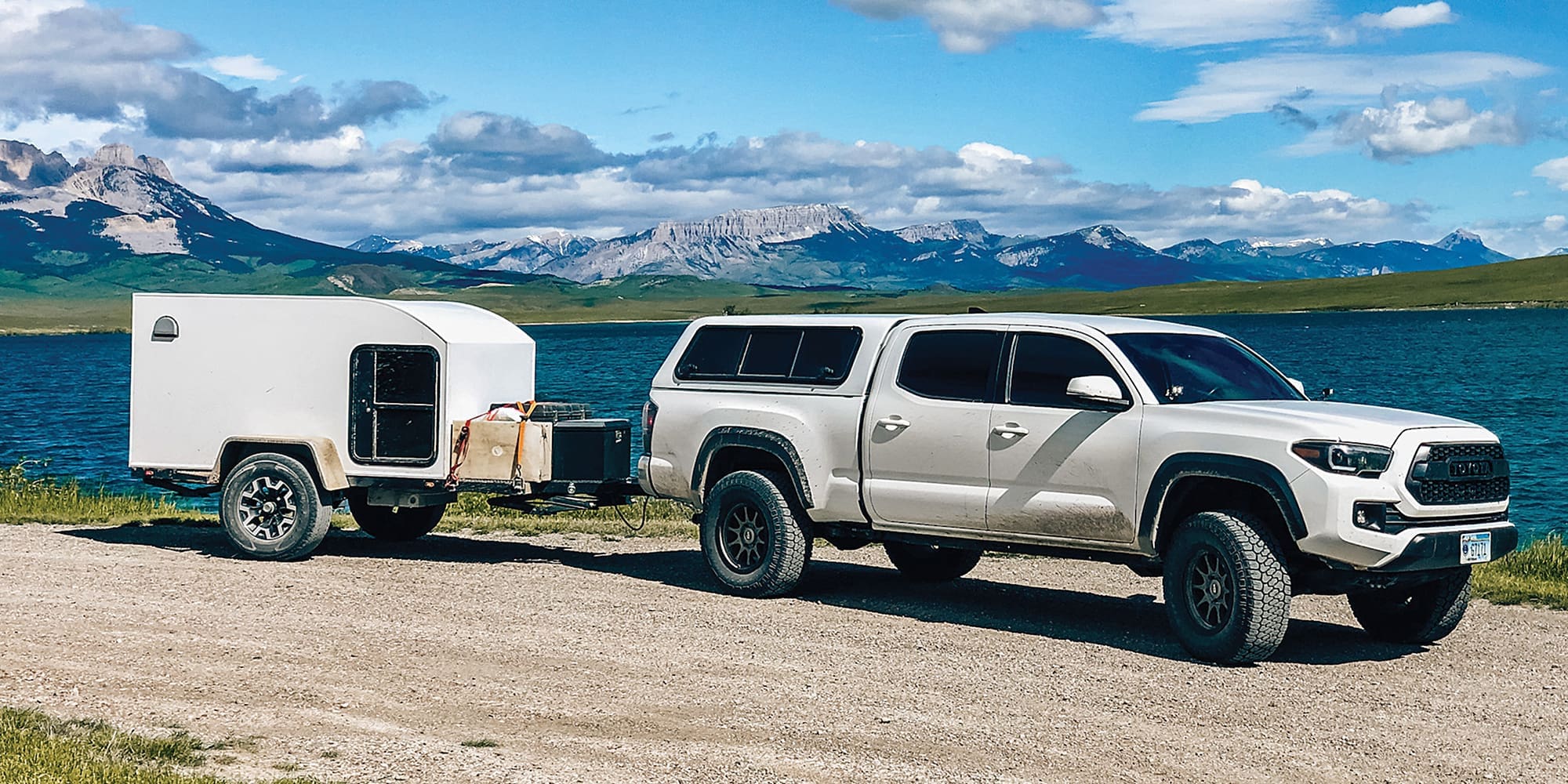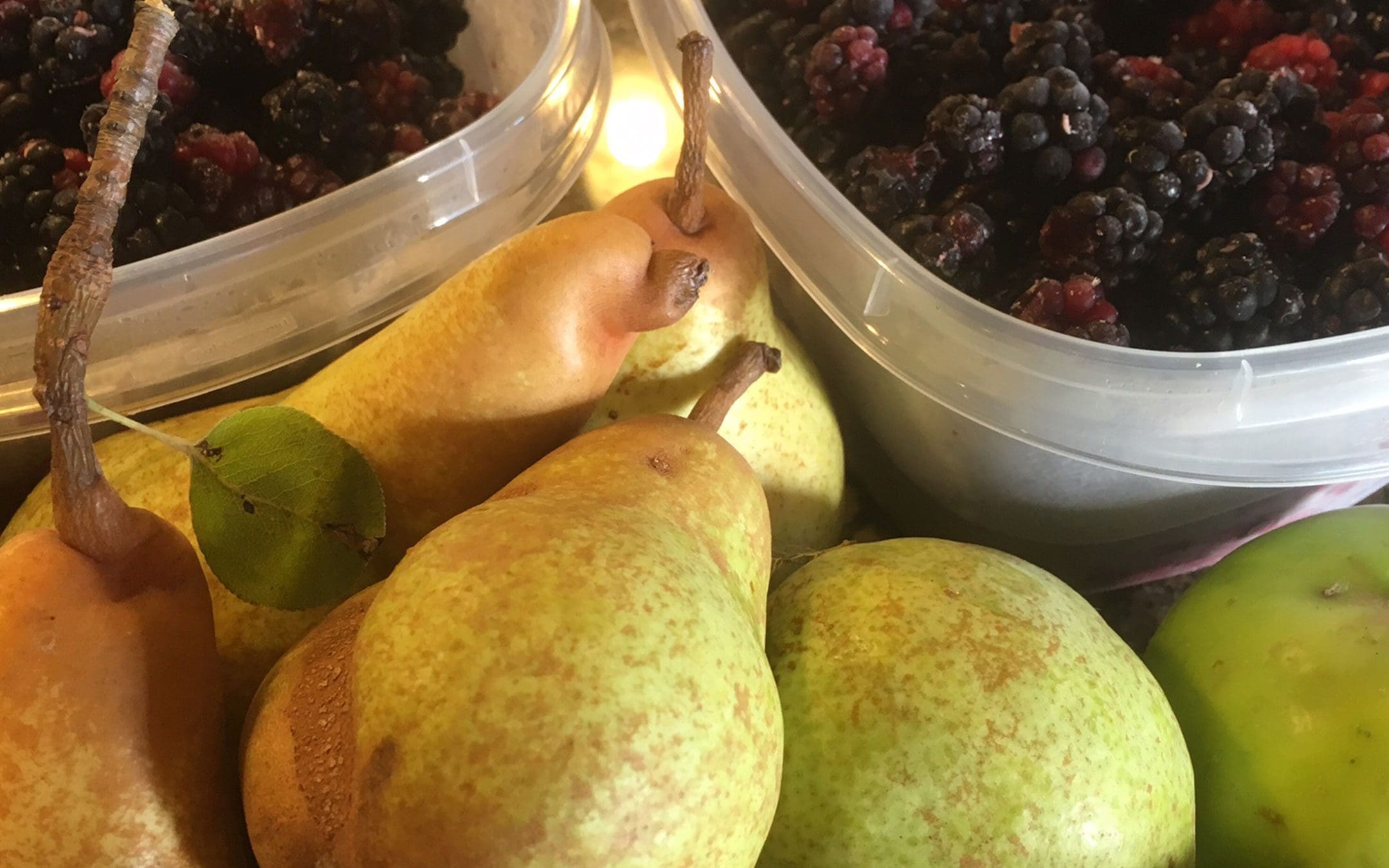
NOTICE: Certain links on this post may earn a commission for Western Hunter Magazine from Amazon or our other affiliate partners when you make a purchase. Thank you for your support.
28 Days: Jump Start Your Health Fitness Program
Is What You’re Doing Today Getting You Closer
To Where You Want To Be Tomorrow?
We all want to lose weight, increase strength, or get healthier, but with that comes more mindful eating and a greater commitment to an exercise program. With busy lives, sometimes that seems like a daunting task, but creating a system that will help to keep you on track and eating clean has never been easier. The Wilderness Athlete 28 Day Challenge is a complete system designed to help making the right foods choices much easier, helping you successfully shed unwanted body fat while fueling muscle.
The 28 Day Challenge comes with a Guide and Tracker is a comprehensive booklet that will help you stay inspired and motivated, complete with diet and exercise tracking as well as helpful tips, meal plans, and exercise advice. This booklet makes monitoring your success easy.
Be sure to take your measurements prior to beginning the challenge in order to best track your results. The scale can be misleading, showing total body weight but not fat loss. This is important! If you gain a pound of muscle in the gym and lose a pound of body fat, the scale won’t reflect this change. Measurements, how you look, and more importantly how you feel is the best way to monitor your progress.
Starting with intracellular health, the Wilderness Athlete Multi-Vitamin will help offset any vitamin or mineral deficiencies in your diet. Also, it contains antioxidants, which will help boost your immune system during cold and flu season.
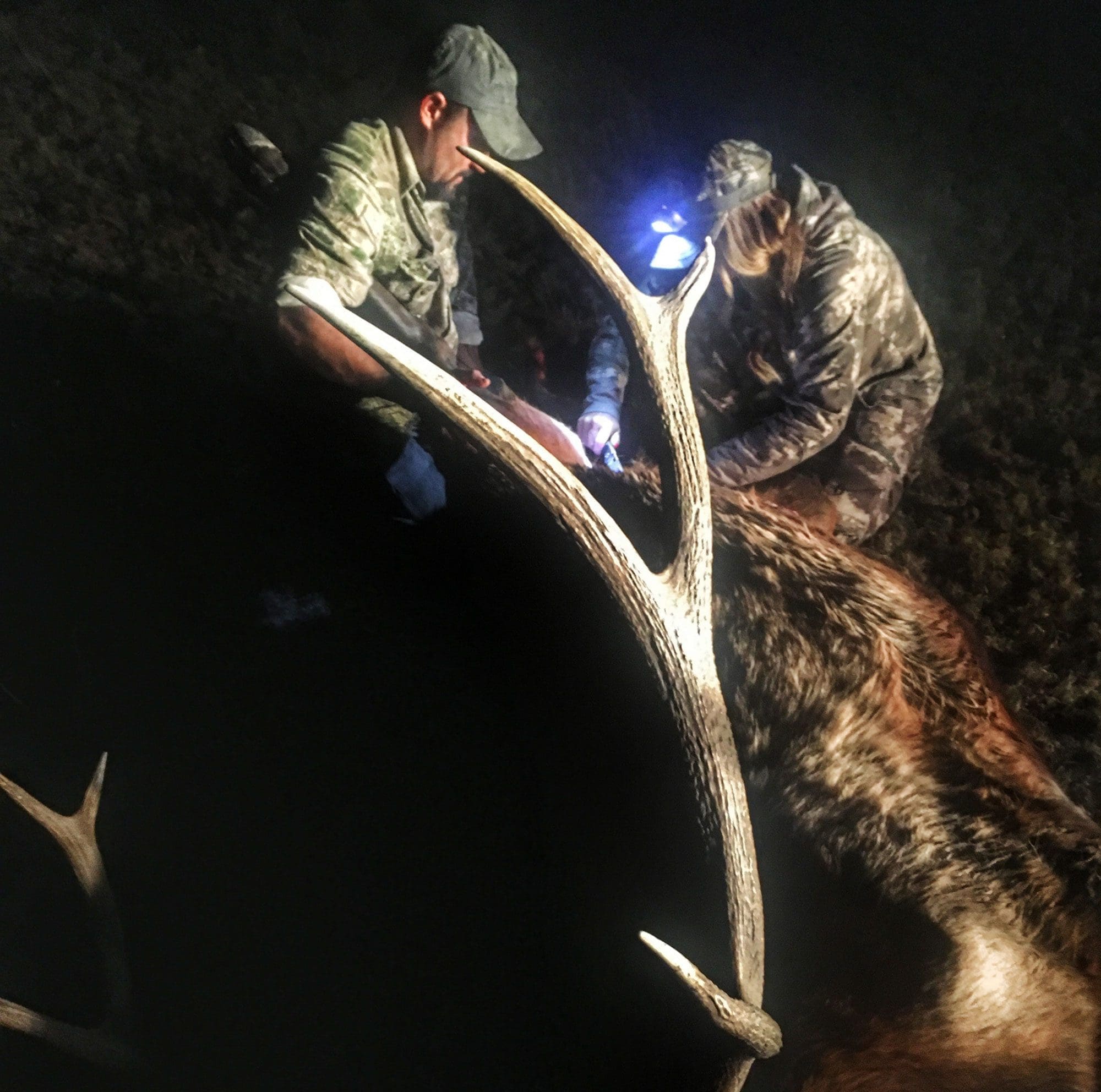
Lean wild game is the perfect protein source for your healthy lifestyle.
The Big Three
Fueling your body with whole natural foods is what enables us to get the most out of each workout. Food functions as a drug within our body, and having the correct ratio of carbohydrates, complete protein, and fat is critical for fat loss and muscle retention/growth. We’re all built differently, so how food and exercise affects our fitness goals varies from person to person.
Carbohydrates are the body’s main source of energy. If you’ve ever experienced headaches, lack of concentration, irritability, shakiness, low energy, or sugar cravings, chances are you are suffering the symptoms of hypoglycemia or low blood sugar. These are the signs that your body is being forced to break down lean body mass into usable glucose so that it can continue to function.
With this in mind, the focal point of meal planning is carbs, which should represent approximately 50-60% of your dietary calories. Eating too many carbohydrates or a meal consisting of only carbohydrates will cause a decrease in energy levels, increased sugar cravings, and cause subsequent weight gain. Eating too few carbs will equate to hypoglycemic symptoms and muscle mass loss. Let your body tell you what percentage is right for you.
Protein provides the body with essential amino acids (leucine, isoleucine and valine) that are critical for repair of the body. Also, consuming complete protein triggers hormone-sensitive lipase, which causes your body to release fat from storage to be used as a fuel source/energy during exercise. How much protein a person needs varies and is based on a myriad of factors, but a general guideline is 1-1.5 grams of complete protein for every pound of your current body weight, per day.
Nutritionally, you’re best served by breaking down this total number to a per-meal basis. This will help you determine how much complete protein you need in each meal.
Fat is an often over-consumed nutrient that we really have to monitor, because it yields twice the caloric energy at the cellular level than protein and carbs. Fat is necessary for a couple of reasons: 1) it helps our body absorb fat soluble vitamins A, D, E & K; and 2) it helps to regulate and control blood sugar levels by slowing digestion time, which keeps you feeling full longer.

A Solution for Real Life
The 28 Day Challenge meets many of your nutrition goals. Many of the products also help you do it while maintaining today’s fast-paced lifestyle.
Meal Replacements: Consuming a well-balanced meal with a busy schedule can be very difficult, which is why the 28 Day Challenge comes complete with two meal replacements that make good nutrition quick and easy. Available flavors are Chocolate, Vanilla, and Strawberry.
What’s so nice is that it’s simple and you get everything your body needs for a busy lifestyle. Personally, I mix my shake with almond milk and some frozen berries and ice. This is a meal substitute, providing a balance of 18g protein, 7g fat, and 24g carbs.
Green Infusion: Consuming fresh fruits and vegetables can be a challenge. Included in the Challenge is Green Infusion. One scoop is equivalent to 6 servings of fruit and vegetables. Just add a scoop into your meal replacement shake. Drink it for breakfast, on the go, or after a workout.
Water/H&R/E&F: Consuming 3-5 liters of water each day is critical, especially when we’re pushing our bodies hard. The 28 Day Challenge comes with WA Hydrate and Recover (H&R). The taste alone will encourage you to drink more water. Personally, thanks to H&R I’ve quit drinking diet soda and tea all together. Combining the H&R with WA Energy and Focus (also in the Challenge) will boost your hydration and give you energy, which is critical for giving 100% to your workouts.
Lean Life: This helps regulate blood sugar levels with a boost of energy and thermogenic activity to help you burn extra calories. For a pre-workout energy/hydration boost, take 2-3 Lean Life with a combination drink of H&R/E&F. This will turbo charge your workout.
I take my last pills no later than 3 p.m. so it doesn’t interfere with sleep. Lean Life hasn’t caused me to feel shaky, jittery, or hot like some thermogenic herbs have done in the past. Lean Life will affect everyone differently, so start with a smaller dose, say one pill in the morning and one at lunch, and see how you feel. You’ll quickly identify how many are right for you to take by how you feel.
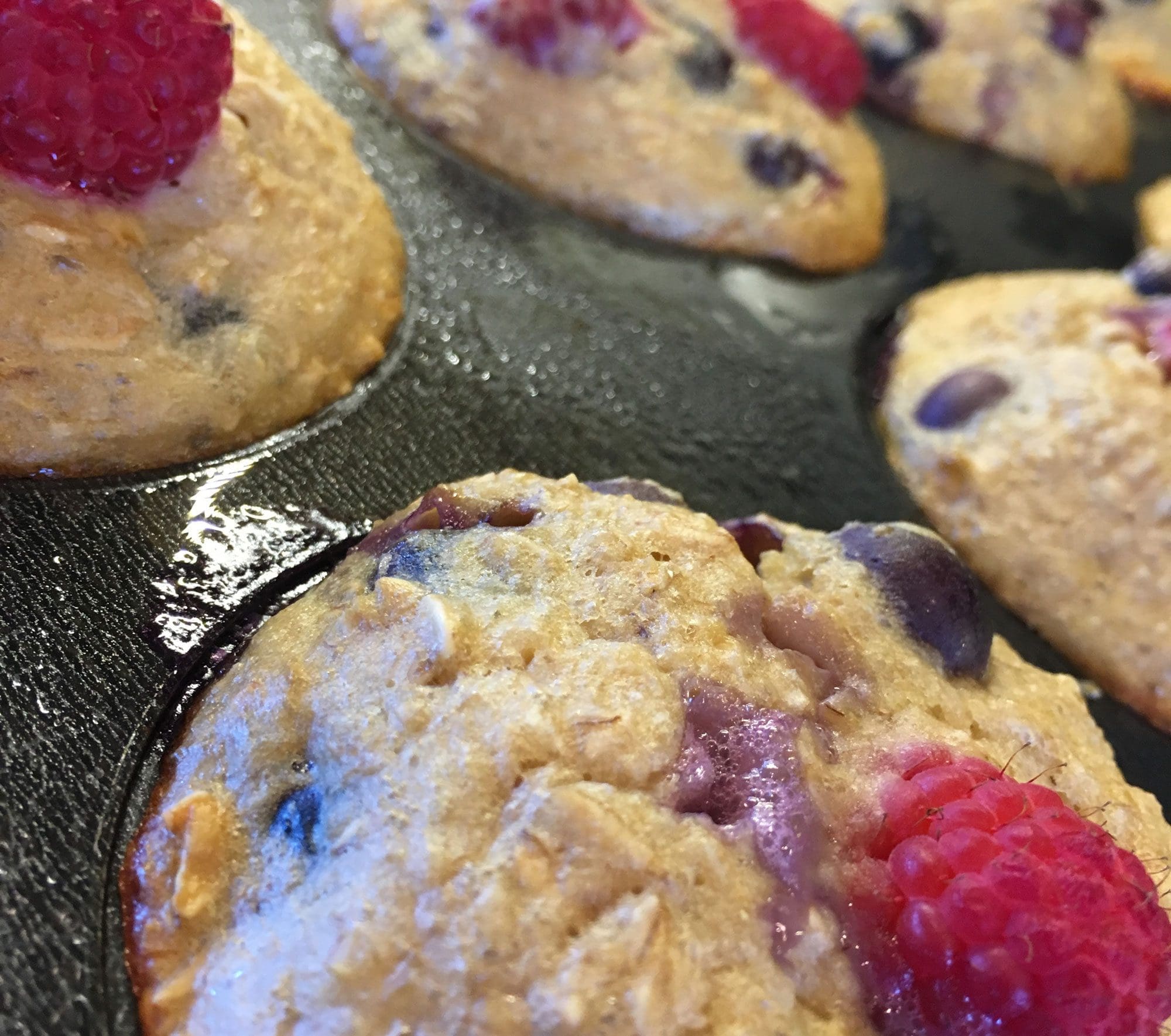
My protein plus muffins are a great way to get in a healthy meal on the go. Get the recipe and others at my website www.kristytitus.com under the health tab.
Image1: Lean wild game is the perfect protein source for your healthy lifestyle.
Quick Tips
- Preparation is key to success. Take one day each week, such as Sunday, and prepare all meals and snacks for each day. Then, during the busy workweek, simply grab and go.
- Eat your first meal within an hour of waking and a small meal every 3-4 hours until two hours before bed.
- Don’t wait until you’re starving to eat, or eat so much that you feel overly full, unless you fill up on free vegetables.
- Don’t hit the gym on an empty stomach or pre-breakfast. Eat a small meal to stabilize your blood sugar.
- Each meal should contain roughly the same nutrient ratios of carbs, complete protein, and fat.
- Try to eat at least two fresh vegetables and two fruits daily. Try to limit yourself to one meal replacement shake or bar each day.
- If you’re eating a meal consisting of beef, dark poultry, or salmon, there is more than enough fat contained within these meats that the rest of your meal should be fat free.
- Eliminate sugar and alcohol from your diet.
For Life
Being lean and healthy for life requires a commitment to work out and the dedication to a clean-eating plan. Your results won’t happen overnight, but if you invest in yourself and stick to it, your results will come. Being fit and healthy is a lifestyle, not a fad.
Sidebar
|
Protein |
Carbs |
Fat |
|
Sweet Potato |
Nuts |
|
Brown Rice |
Avocado |
|
Whole Rolled Oats |
Coconut Oil |
|
Quinoa |
Olive Oil |
|
Squash |
Flax/Chia Seeds |
|
Beans |
Nut Butters |
|
Fruit |
Butter |
|
Corn Tortilla |
Cream |
|
Whole Grain Bread |
Mayonnaise |
|
Gluten Free Bread |
Salad Dressings |
Free Vegetables
Use this free vegetable list to fill up between meal times or if you aren’t quite satisfied following a meal: alfalfa sprouts, asparagus, bamboo shoots, bean sprouts, broccoli, cabbage, cauliflower, celery, cucumber, lettuce, white mushrooms, onions, green/red bell peppers, dill pickles, radish, spinach, tomato, zucchini.


